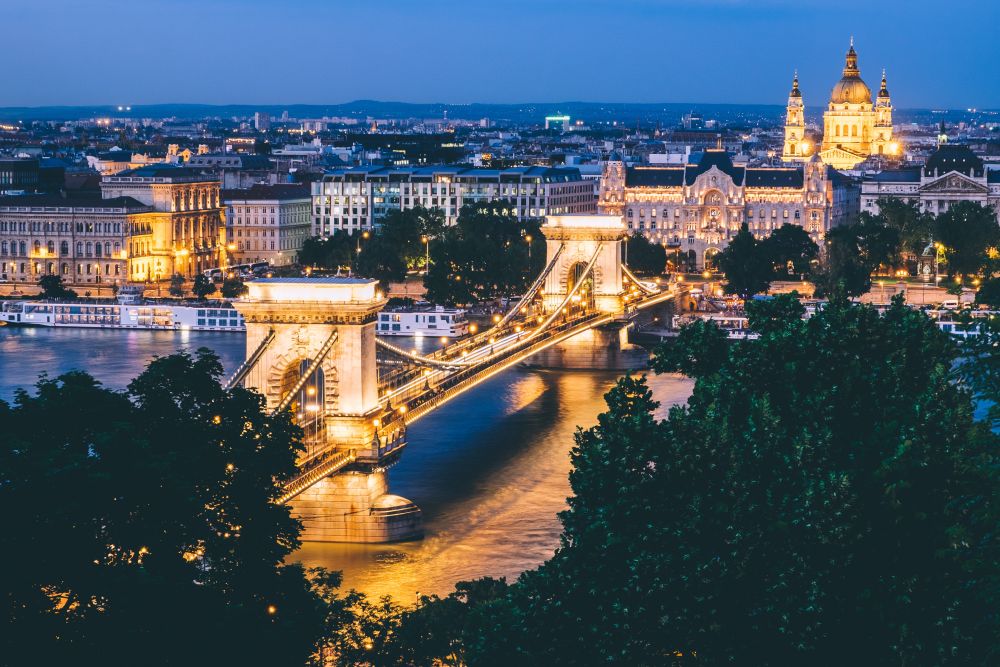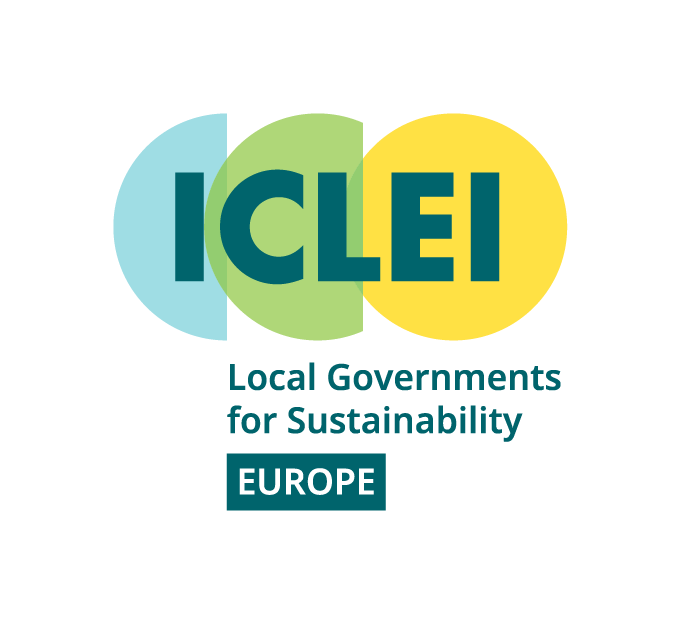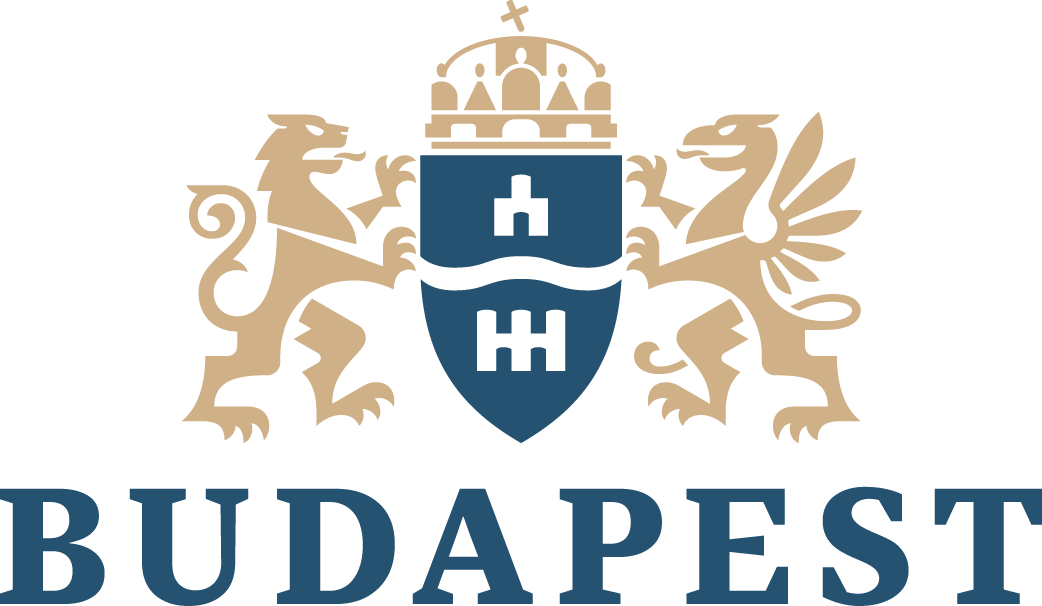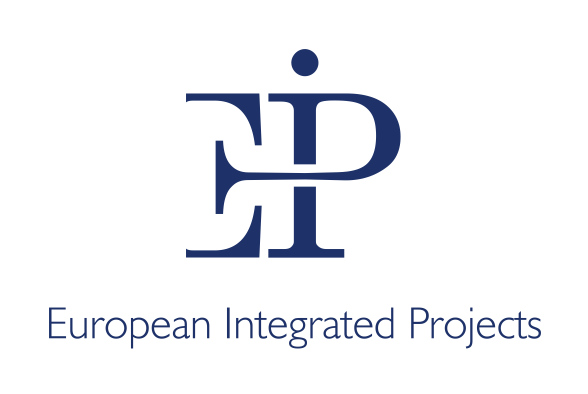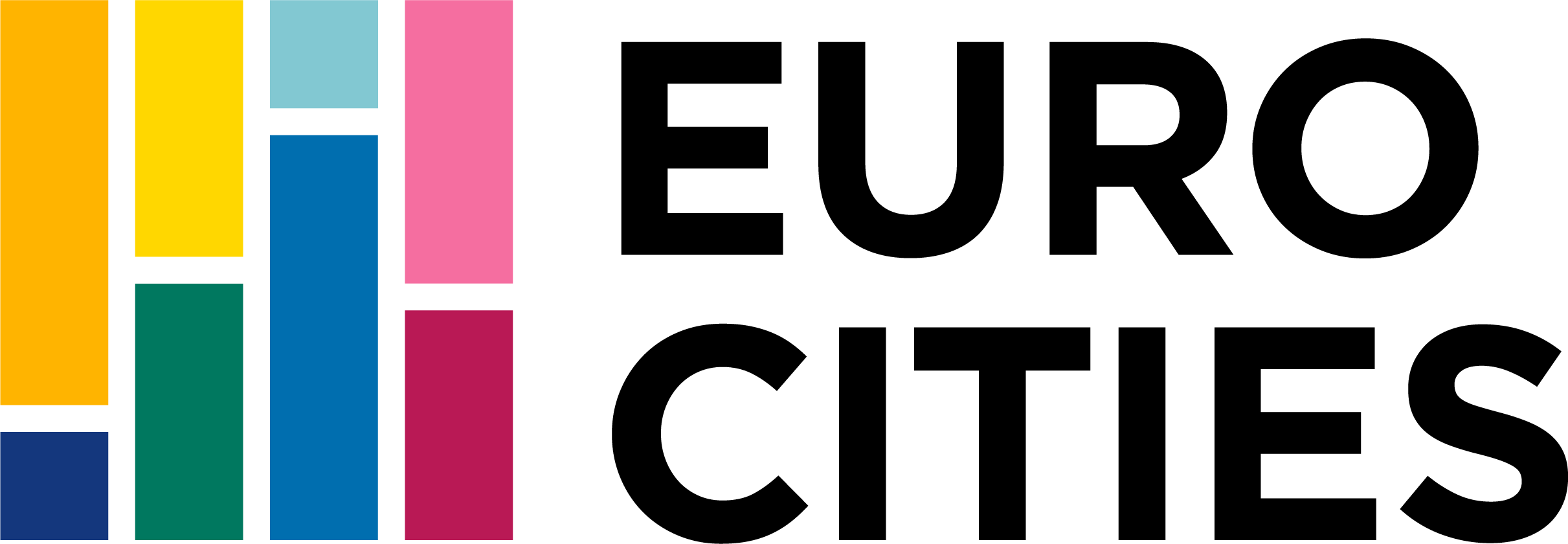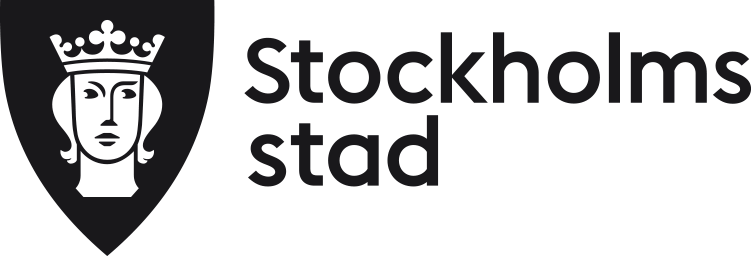
News
FastTrackers start accelerating: Preview our fifth and final Capacity Building Week
8 May 2023
Combining different transportation modes and innovative, multi-modal solutions has played a significant part in Budapest’s history. Buda, the western part of the city has narrow streets and a hilly landscape, while the eastern part, Pest, is almost completely flat, with a dense population and wide motorways for cars. These parts are divided by the river Danube, which serves as an international waterborne route for freight transportation and cruise boats. The urban and peri-urban area of Budapest provides 38% of the country’s GDP, creating a huge freight transportation demand both on public roads and railways. These attributes forced the city’s urban planners from an early stage to learn how to effectively combine different transportation modes whether speaking about public transport or urban logistics. The world third oldest underground railway (M1, or Millennium Underground Railway), cogwheel railway, trolleybuses, trams and until recently, even wing ships are operating on the transportation network in the capital. Learning from the past and planning for the future, the city of Budapest leads the Integrated Multi-modal Mobility Solutions cluster in FastTrack by providing access to the city’s MaaS software development action plan.
From 15th to 17th of May, Budapest will host the 5th and final Capacity Building Week of the FastTrack project. The event will close the project, where the 24 participating cities will have the chance to discuss their Deployment Plans and results achieved in FastTrack. Under the theme of “meeting the wider network” this event opens its doors to the wide network of stakeholders, EU-funded mobility and transport projects, and cities looking to learn how they can accelerate sustainable mobility innovations in their communities.
On the last day of the event, four parallel site visits will take place, allowing participants to focus on one of the cluster’s thematic topics.
During the first site visit addressing cycling, participants will visit the historical bike factory of Csepel Zrt. The Hungarian brand has a long history of producing bikes and a pivotal role in the capital’s bike sharing system – MOL Bubi. The production and maintenance take place in the location, where the attendants will also learn about the operation, challenges, and future of the system.
The second site visit option, focusing on the topic of clean urban logistics, offers participants the opportunity to visit the Budapest Port on the island of Csepel, surrounded by the Danube. The river is an important transport route with great potential in Budapest’s urban logistics strategy. Visitors will hear about the river’s past and present functions as well as possible future uses, with a slight insight into national level water resource management plans.
The third site visit will take participants along a short walk on Bartók Boulevard, in the 11th district. The buzzing neighbourhood serves as a good example for tactical urbanism in the city, while also focusing on preserving the past. Starting at Budapest’s first MOBI point at St. Gellért square, the visitors will hear about the movement in the area, that made traffic calming possible and the creation of bike lines. The end of the walking tour will be at Móricz Zsigmond square, which functions as a public space with bars and cafés as well, addressing the integrated multi-modal mobility solutions cluster.
The fourth site visit possibility addresses traffic and demand management, where participants will visit the control centre of metro line M4, the driverless metro line of Budapest. Here, visitors will have the chance to closely observe the operation of the control centre, as well as the driverless vehicle fleet.
Follow all updates on the event by visiting FastTrack’s social media channels!
All news
Partners

This website is produced as part of the CIVITAS FastTrack Coordination and Support Action funded by the European Union Horizon 2020 research and innovation programme under grant agreement No 101006853. The sole responsibility for the content of this website lies with the FastTrack project and in no way reflects the views of the European Union.
